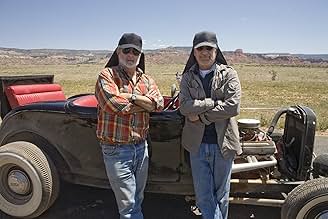Indiana Jones e il regno del teschio di cristallo
Titolo originale: Indiana Jones and the Kingdom of the Crystal Skull
Nel 1957 l'archeologo e avventuriero dottor Henry "Indiana" Jones Junior torna in azione e si ritrova coinvolto in un complotto sovietico volto a scoprire i segreti che si celano dietro alcu... Leggi tuttoNel 1957 l'archeologo e avventuriero dottor Henry "Indiana" Jones Junior torna in azione e si ritrova coinvolto in un complotto sovietico volto a scoprire i segreti che si celano dietro alcuni misteriosi manufatti, noti come Teschi di cristallo.Nel 1957 l'archeologo e avventuriero dottor Henry "Indiana" Jones Junior torna in azione e si ritrova coinvolto in un complotto sovietico volto a scoprire i segreti che si celano dietro alcuni misteriosi manufatti, noti come Teschi di cristallo.
'Indiana Jones' Stars Through The Years
'Indiana Jones' Stars Through The Years
See the stars of the beloved Indiana Jones franchise in some of their most iconic performances.











































